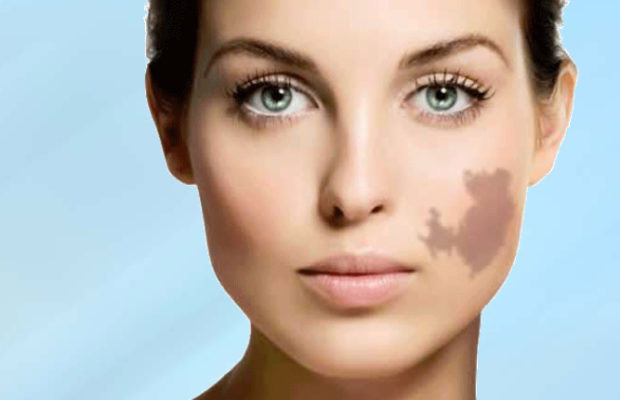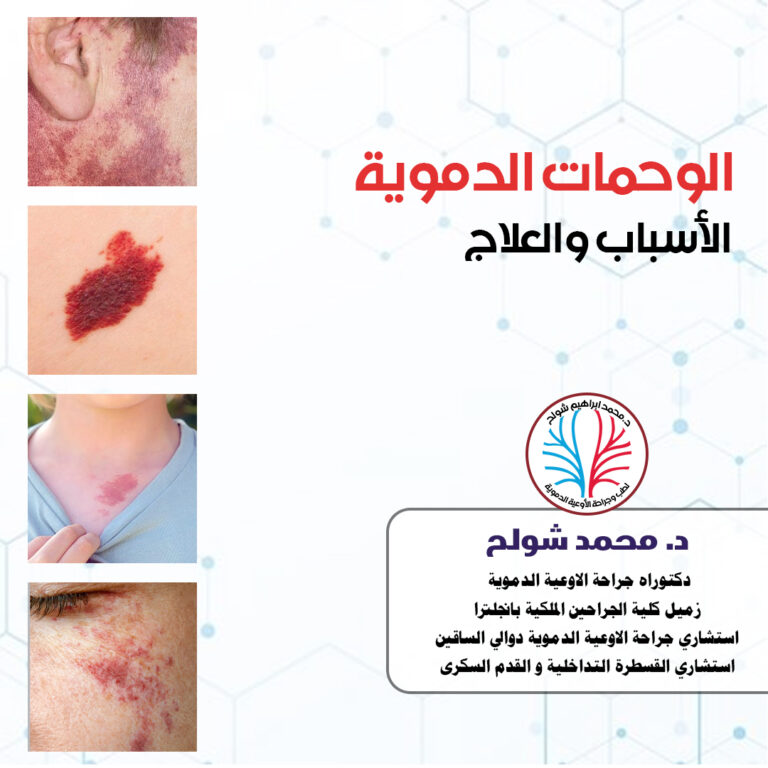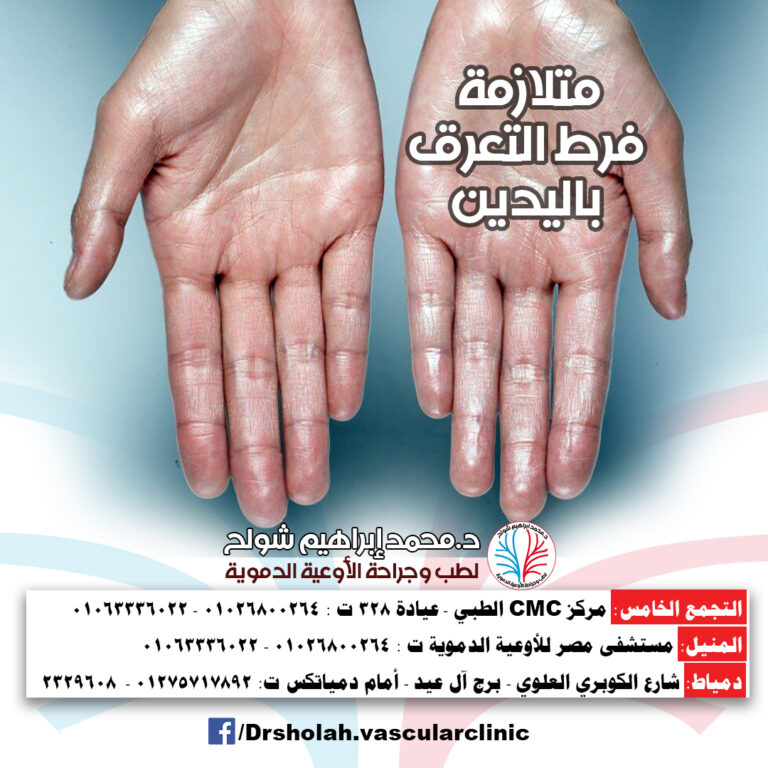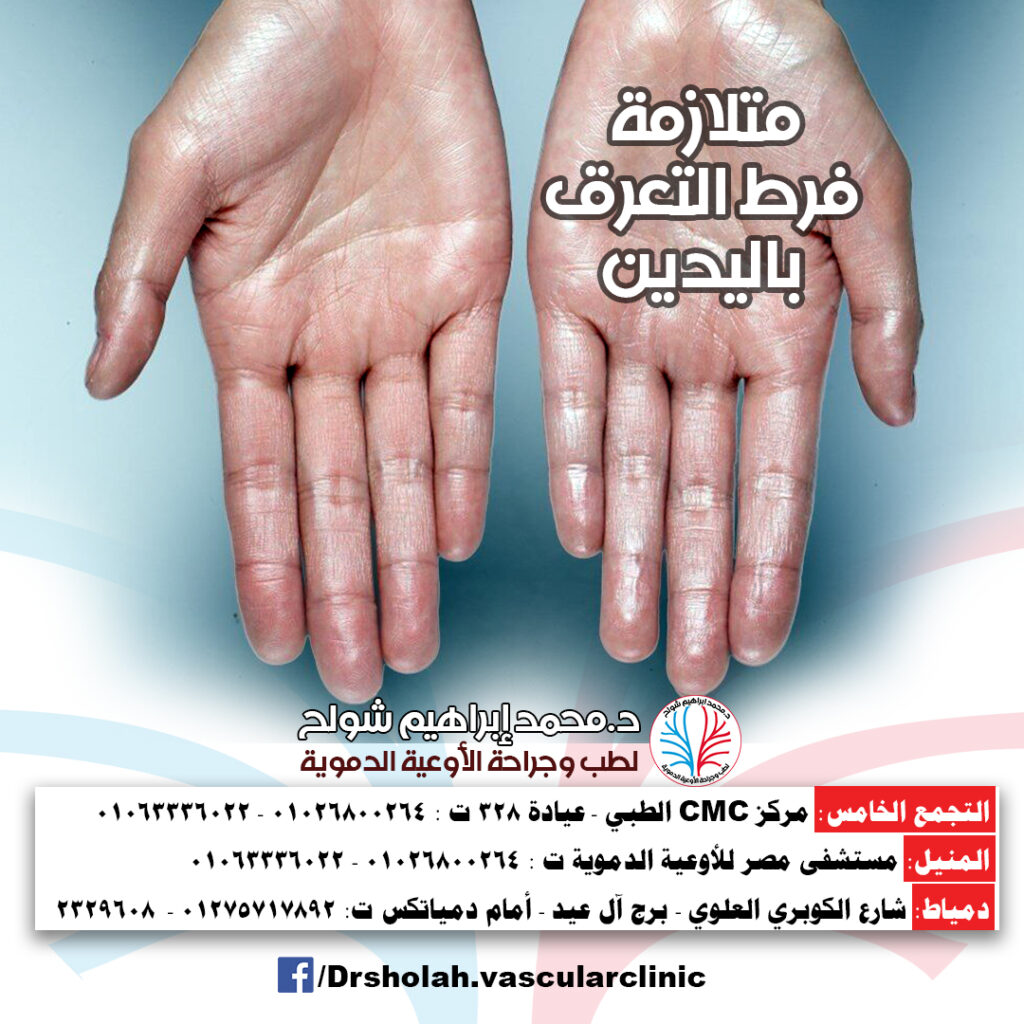Varicocele: Causes, Symptoms, and the Best Treatment Options with Microsurgery
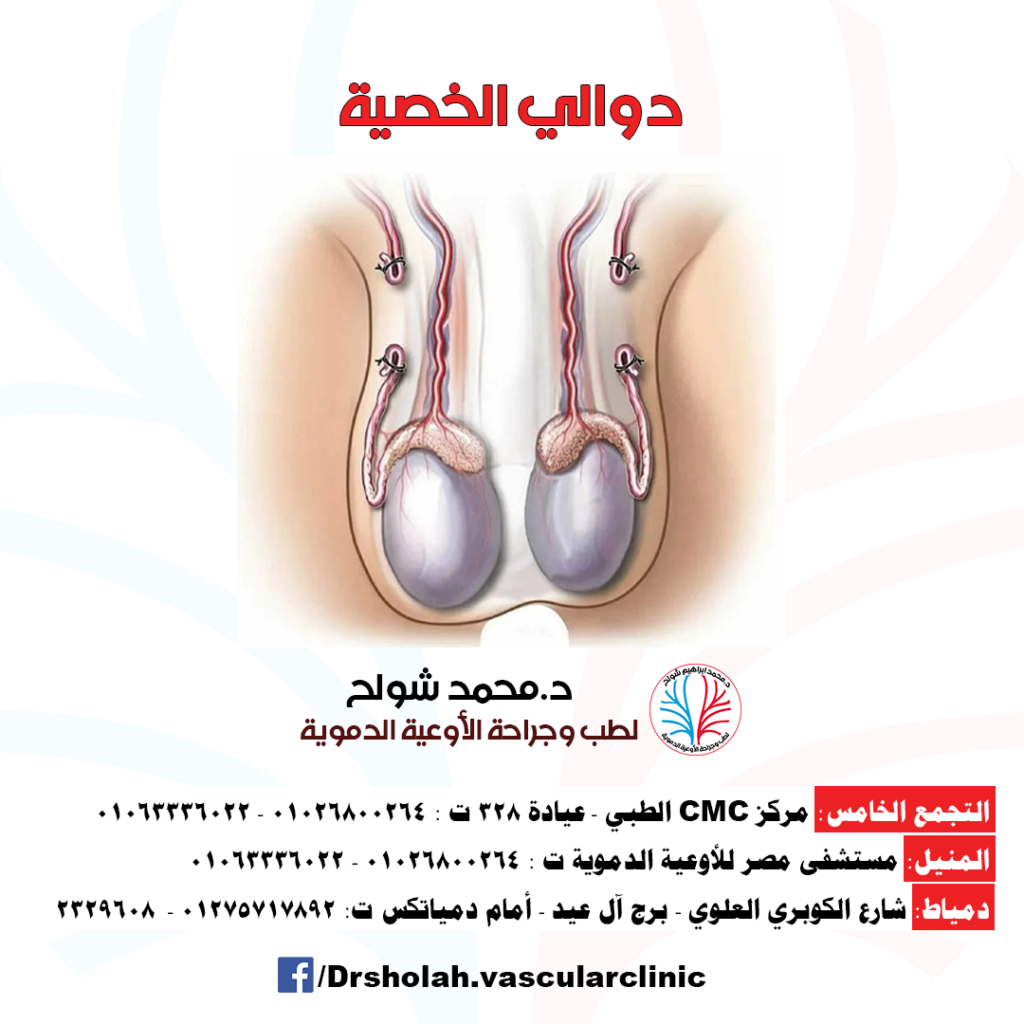
Varicocele is a common condition affecting male fertility, often leading to reduced sperm quality and quantity. Studies show that approximately 15% of healthy men and over 35% of men experiencing primary infertility are affected by varicocele. Understanding the best ways to manage and treat varicocele, especially through microsurgical techniques, is crucial for improving reproductive health.
What is Varicocele and Its Symptoms?
Varicocele occurs when veins in the scrotum become enlarged, disrupting blood flow and increasing temperature around the testicles. This elevated temperature can impair sperm production. Many men with varicocele experience no symptoms, but some may feel mild pain or discomfort, which requires medical attention.
Best Treatment for Varicocele: Microsurgery
In most cases, varicocele does not need treatment unless it causes significant discomfort or affects fertility. When varicocele impacts sperm quality, microsurgery offers an effective solution. This procedure involves repairing the affected vein through a small incision in the abdomen or groin, with excellent results and a quick recovery time.
Why is Microsurgery the Ideal Solution?
Microsurgery is the preferred method for treating varicocele because:
- It is minimally invasive, causing less pain.
- Recovery time is faster, allowing patients to resume normal activities soon.
- It reduces the risk of recurrence or other complications.
Dr. Mohamed Sholih emphasizes the importance of follow-up care post-surgery to ensure proper recovery and long-term success.
Complications of Microsurgery
As with any surgical procedure, there is a risk of minor complications such as varicocele recurrence or hydrocele (fluid buildup around the testicle). Choosing a specialist like Dr. Mohamed Sholih for microsurgery can minimize these risks and provide comprehensive care before and after the procedure.
How to Diagnose Varicocele
Diagnosing varicocele typically involves a physical examination and sometimes ultrasound imaging to confirm the condition. Dr. Mohamed Sholih recommends that anyone experiencing symptoms or discomfort seek medical evaluation for a precise diagnosis and assessment.
Can Natural Treatments be Effective?
In some cases, wearing supportive underwear or applying cold compresses may relieve mild discomfort. However, for those with fertility issues, surgical intervention is the most reliable and effective treatment option.
Conclusion
Varicocele is a common concern among men, but with timely and appropriate management—especially through microsurgery—patients can improve their quality of life and reproductive health. If you’re experiencing symptoms, consult a specialist like Dr. Mohamed Sholih to determine the best treatment path for you.


